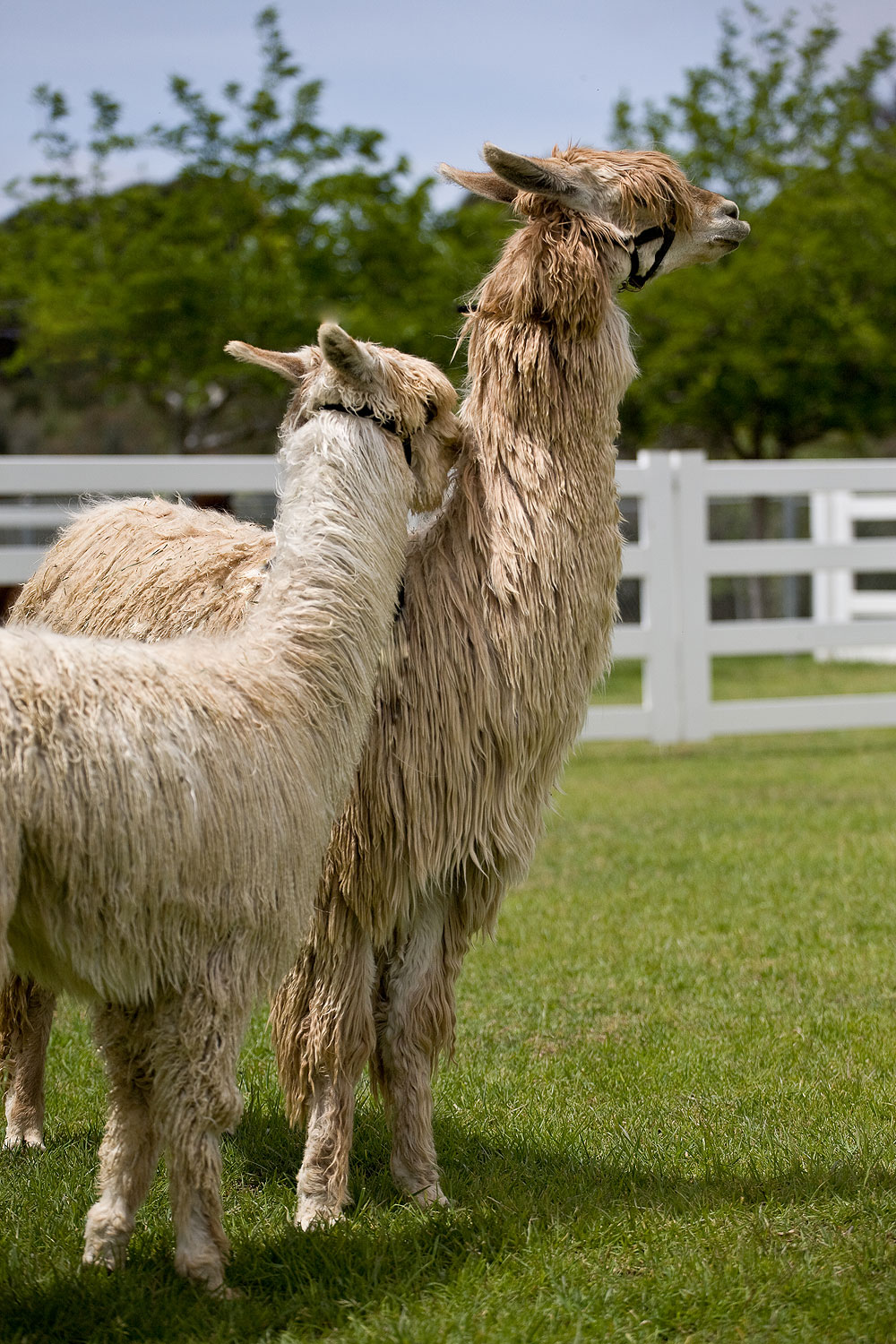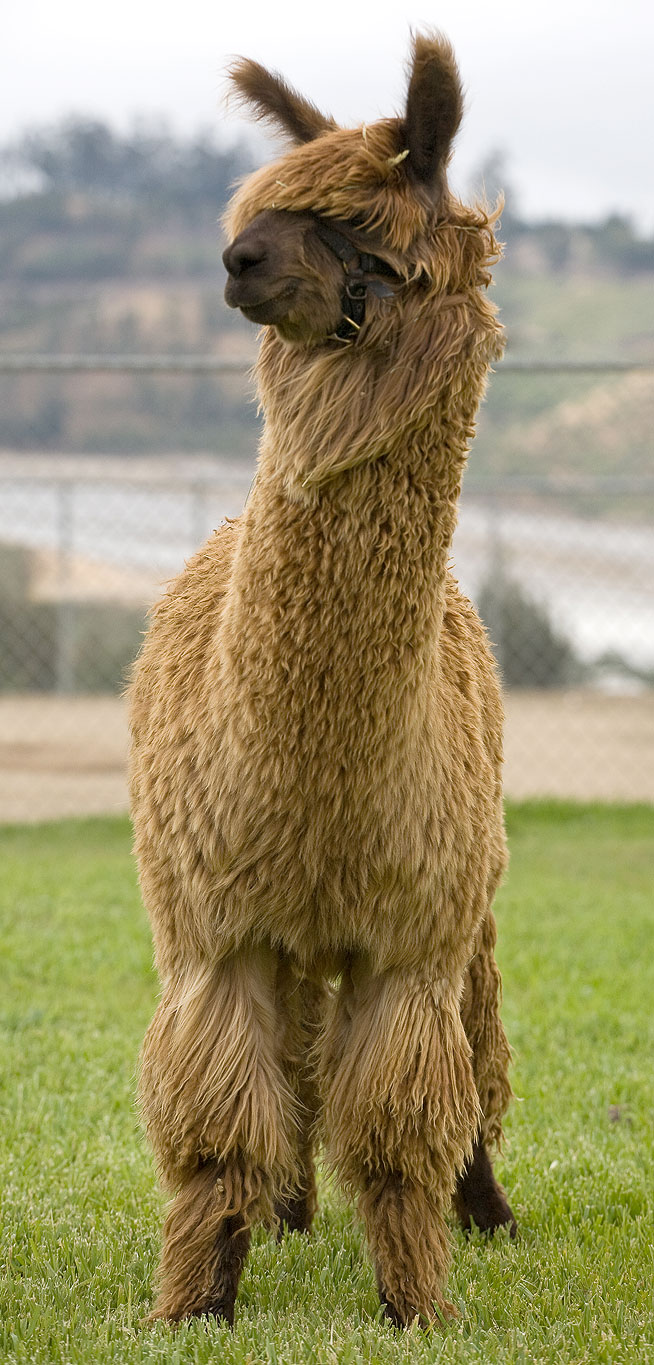Alpaca History
 The American Alpaca Industry is still in its infancy, but Ohio State University in Columbus is now home to the International Camelid Institute, established for research and development of alpacas in American agriculture and the world. Students come from South America to learn what is happening here!
The American Alpaca Industry is still in its infancy, but Ohio State University in Columbus is now home to the International Camelid Institute, established for research and development of alpacas in American agriculture and the world. Students come from South America to learn what is happening here!
Alpacas in the United States are not a new exotic fad.
They are a new and viable agricultural industry. Alpacas are bred for fleece production. It is a business with deductible expenses, capital gains benefits, and many tax incentives, unlike other animals kept as hobbies or for recreation. Alpacas can be fully insured against mortality. The fleece is used to produce exquisite fashions and quality clothing. Value is added to the raw fiber by manufacturing for commercial wholesale and retail sales.
The fleece of the alpaca was the treasure of the ancient Incan Empire, reserved only for royalty. Throughout the centuries, alpacas have been the cherished resource of the people in the Andes Mountains of South America.
Finer, warmer, and stronger than sheep wool, alpaca fiber
comes in 22 natural colors: from true black to pure white, along with rose-gray, maroon, and
every kind of fawn and brown.
Silver alpacas were so rare in Peru that traditionally in Quechuan culture they were surrounded by ceremonial rituals, and in many cases, treated as deities. It was customary to use the rare silver grey alpacas as “down payment” from the father of the bride to the groom’s family. A silver suri was and still is even more rare.
 It has no lanolin and can be processed without harsh chemicals and dyes. It is non-allergenic and soft enough for a baby’s skin.
It has no lanolin and can be processed without harsh chemicals and dyes. It is non-allergenic and soft enough for a baby’s skin.
Peru has approximately 3 million alpacas, and several major commercial mills that produce finished products for the world.
100% of South America’s yearly alpaca
“clip” is sold to world markets.
In 19th-century England, Sir Titus Salt bought a shipload of alpaca fiber that lay abandoned in a nearby harbor. He re-tooled a local mill to produce alpaca yarns and fabrics, and began to import more fleece. He founded the most remarkable working community of the Industrial Revolution as alpaca fashions became highly prized by European aristocracy.
“Saltaire” was the mill and town that alpaca fiber built in Victorian England.